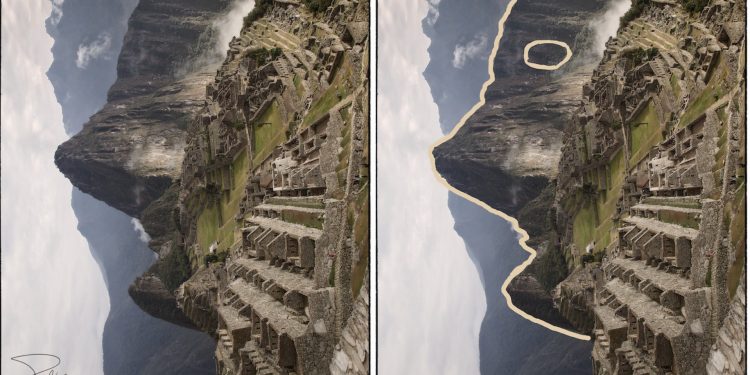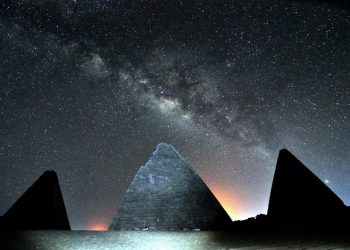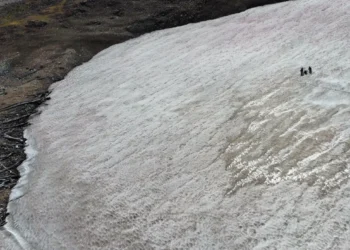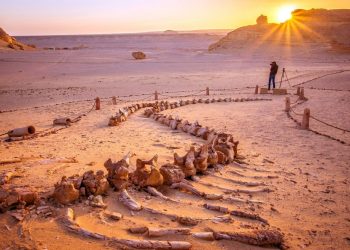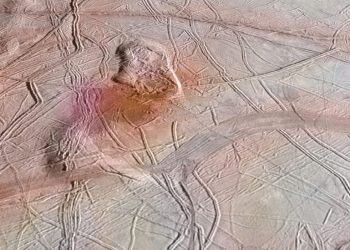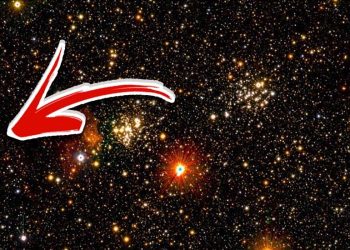Do you know what the Face of the Inca is? Let me tell you a fascinating story.
Machu Picchu rises above the Sacred Valley of Peru, perched on a narrow mountain ridge 2,430 meters above sea level. Located in the Urubamba Province, the site was unknown to the outside world until 1911, when American explorer Hiram Bingham revealed it to global audiences. Though locals always knew of its presence, the Spanish conquistadors never found it, and so the city remained untouched by colonial hands.
Most scholars believe Machu Picchu was built around 1450 under the rule of the Inca emperor Pachacuti. It likely served as an imperial estate or spiritual sanctuary, and was mysteriously abandoned just 80 years later, during the height of Spanish conquests across the Andes. Still, much about the city remains uncertain, including its original purpose and deeper meaning.
What we do know is that Machu Picchu was far more than just a royal residence. The city includes temples, astronomical markers, and a layout so precise it appears to mirror the constellations above. From the finely cut stones of its buildings to its alignment with solstices, the site reveals a culture deeply in tune with both nature and the cosmos.
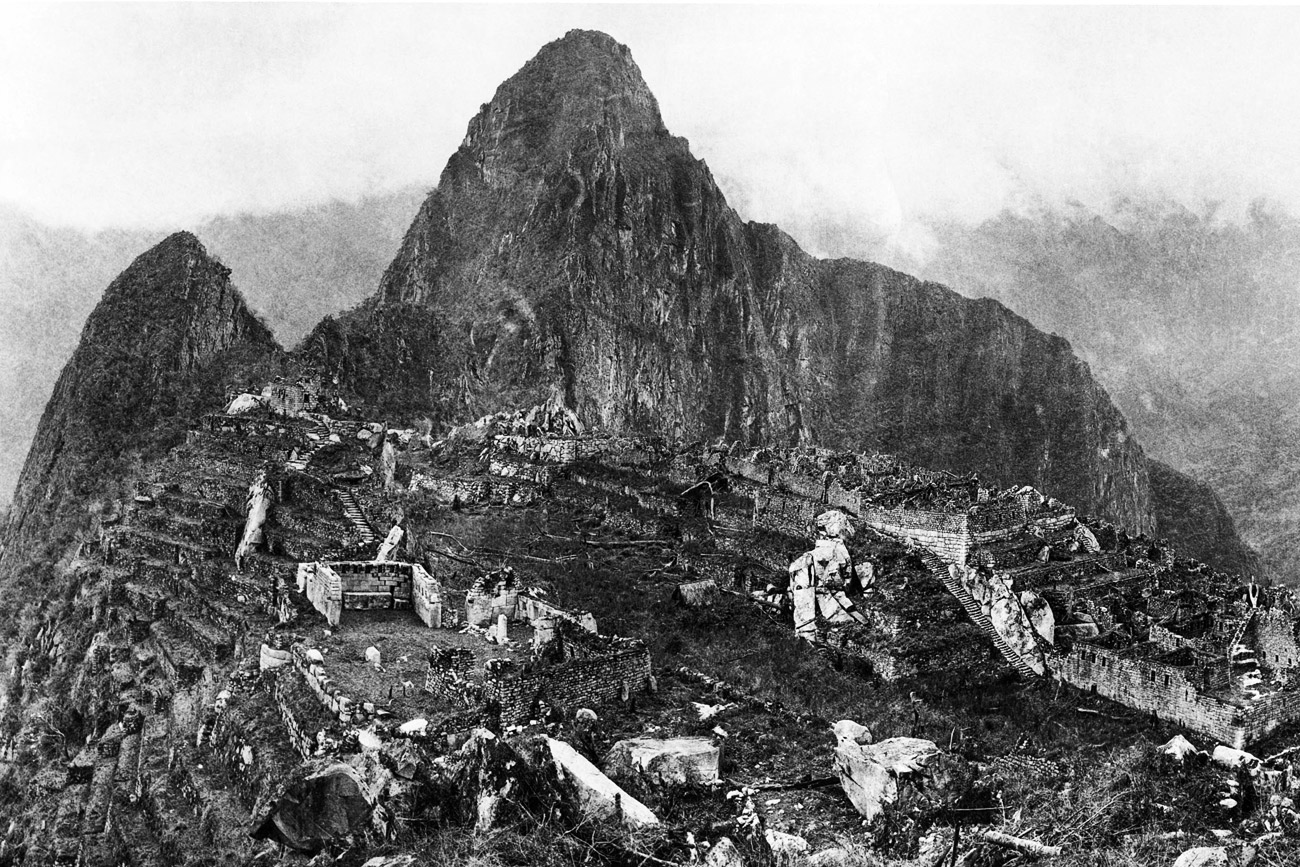
The Face of the Inca at Machu Picchu
One of the most curious and overlooked features of Machu Picchu isn’t a building, a tomb, or a carved artifact—it’s the mountain itself. When viewed from the right angle, and rotated 90 degrees in a photograph, the mountain backdrop reveals something astonishing: the clear outline of a human face.
Known as the Face of the Inca at Machu Picchu, this naturally occurring illusion is formed by the peaks of Machu Picchu and Huayna Picchu. The rocky contours resemble a forehead, nose, mouth, chin, and even an eye, created by a shaded depression in the mountain. The profile is so well-defined that it appears sculpted—yet it’s entirely natural.
This visual phenomenon has fascinated many who have visited the site. To some, it feels like a sacred coincidence. To others, it suggests the Incas may have deliberately chosen this location for its resemblance to a human form. While there’s no definitive evidence that the Inca shaped the city around the illusion, their spiritual relationship with the landscape was profound. Mountains, or apus, were often worshipped as living deities.
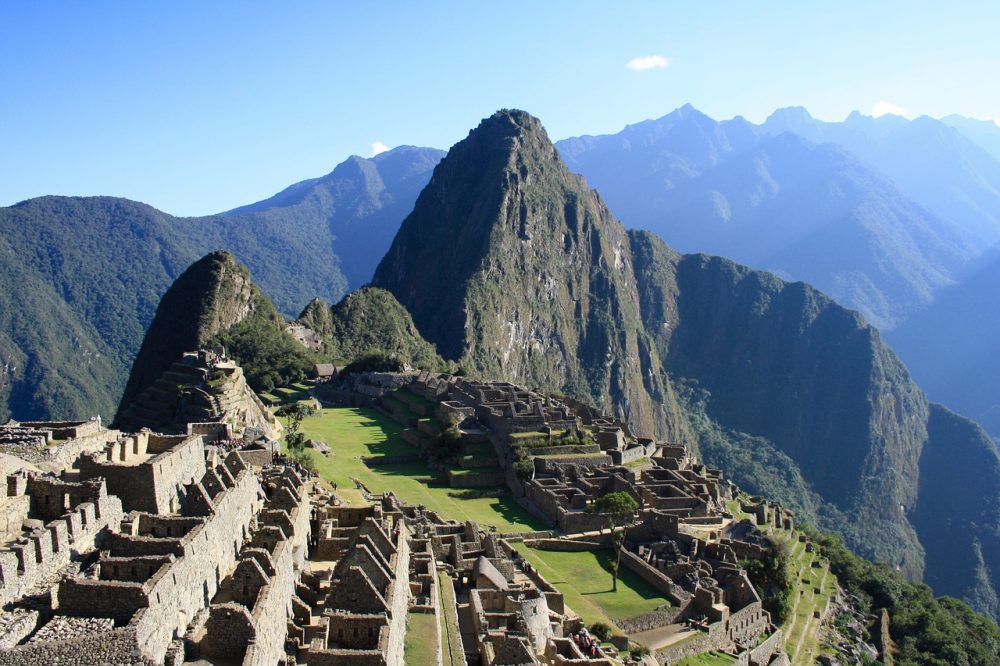
Could the Face of the Inca at Machu Picchu have held symbolic meaning for those who built the city? It’s possible. The Inca believed the natural world was infused with spirit, and their architecture frequently emphasized harmony with natural forms. Whether intentional or not, the face of the mountain adds another layer to the city’s enigmatic beauty.
Symbols, stonework, and silent messages
Beyond the face, Machu Picchu contains many other unusual elements. The Temple of the Sun, the Intihuatana stone (thought to function as a solar calendar), and the Temple of the Condor all point to the city’s ceremonial importance. There are also symbols carved into stones and sacred rocks that resemble animals, constellations, and even abstract designs.
All of these details suggest Machu Picchu was more than just a place of retreat. It was a place where the Inca elite connected with the heavens, marked the passage of time, and possibly even communed with the spirits of the mountains themselves. The Face of the Inca at Machu Picchu may be part of that hidden language—one we’re still learning to decode.
As Bingham himself once wrote of the city: “In the variety of its charms and the power of its spell, I know of no place in the world which can compare with it… the mysterious witchery of the jungle.”
More than a century after his discovery, Machu Picchu continues to mesmerize us—not just for its ruins, but for the secrets still hidden in its stones and slopes.



